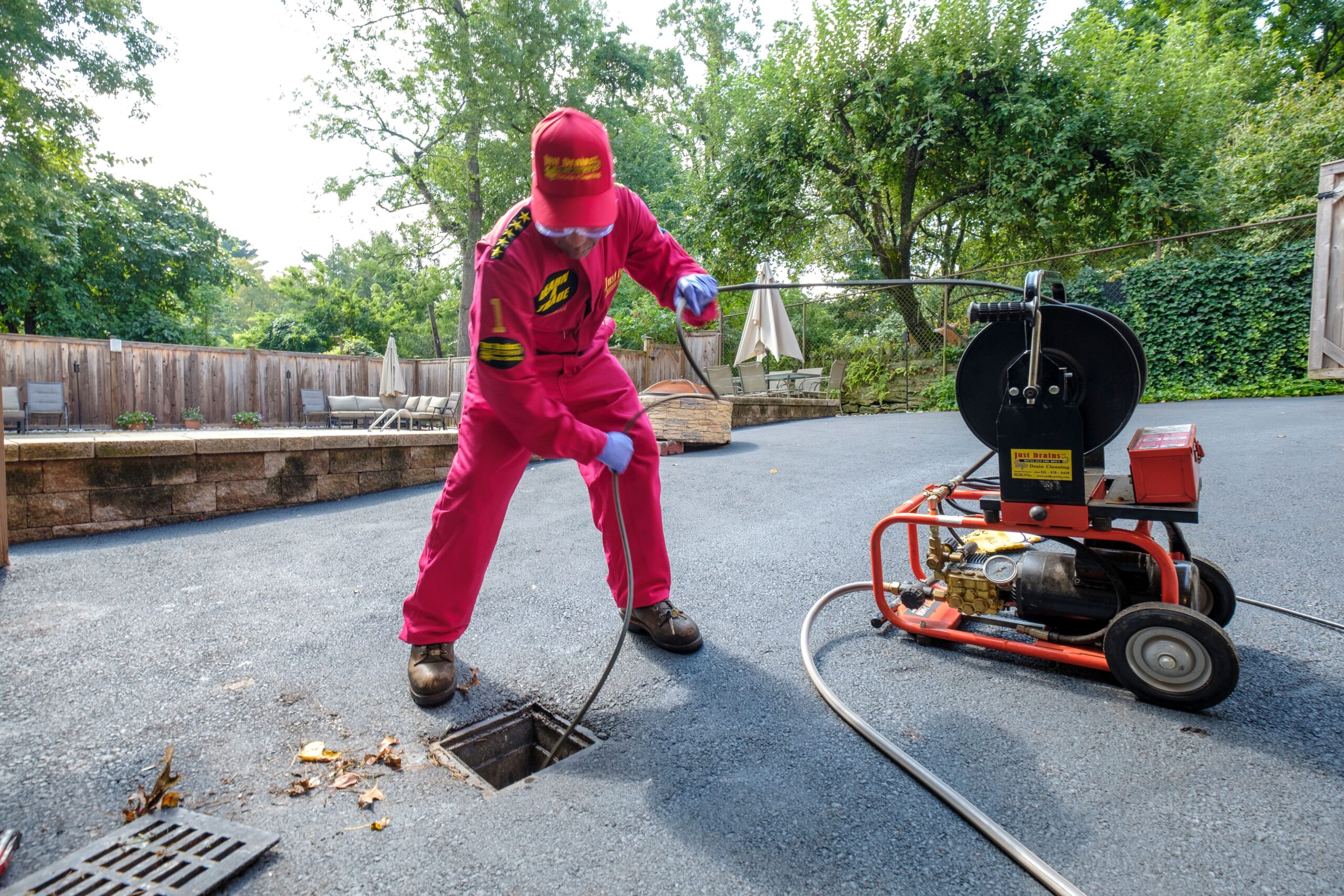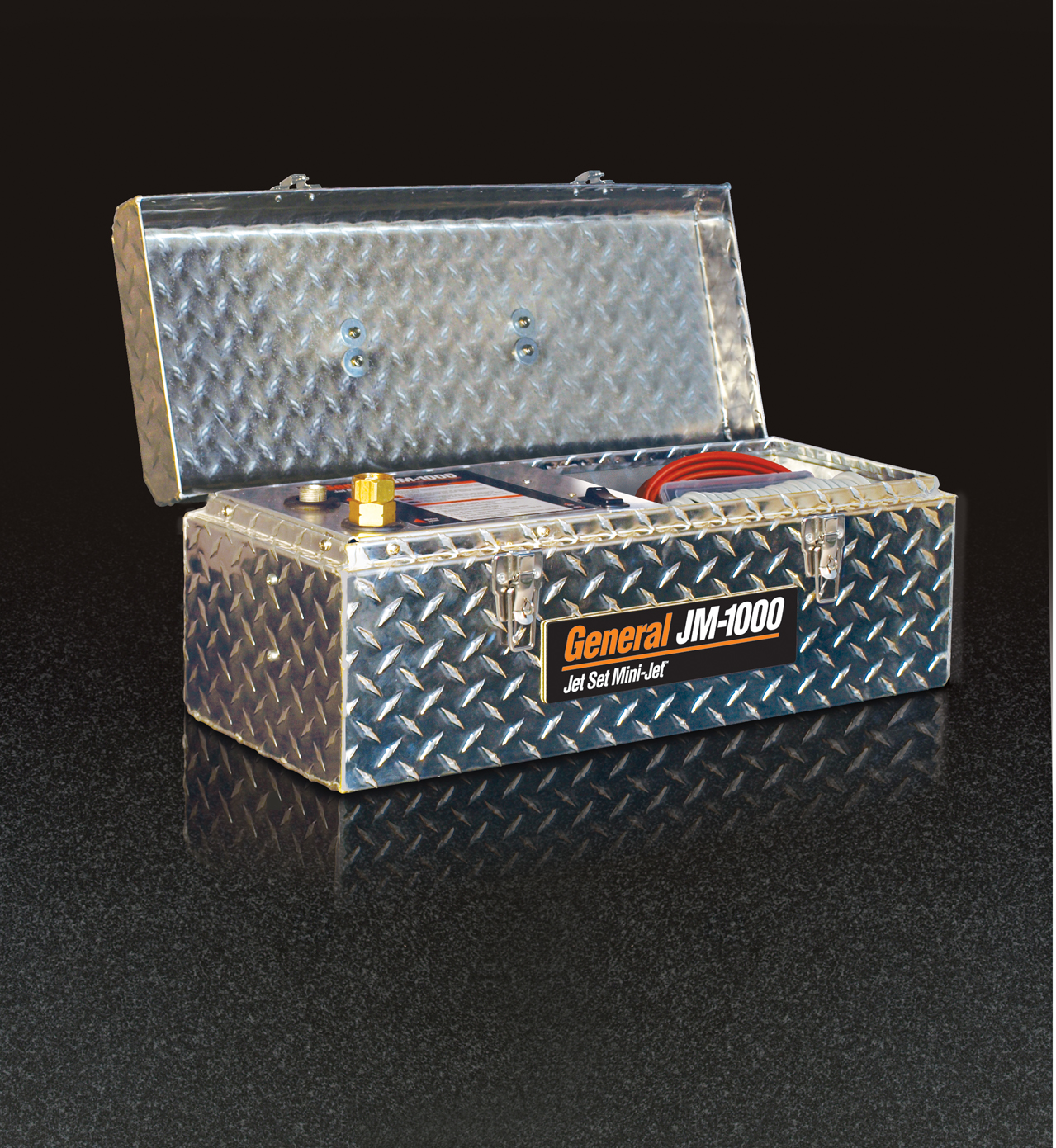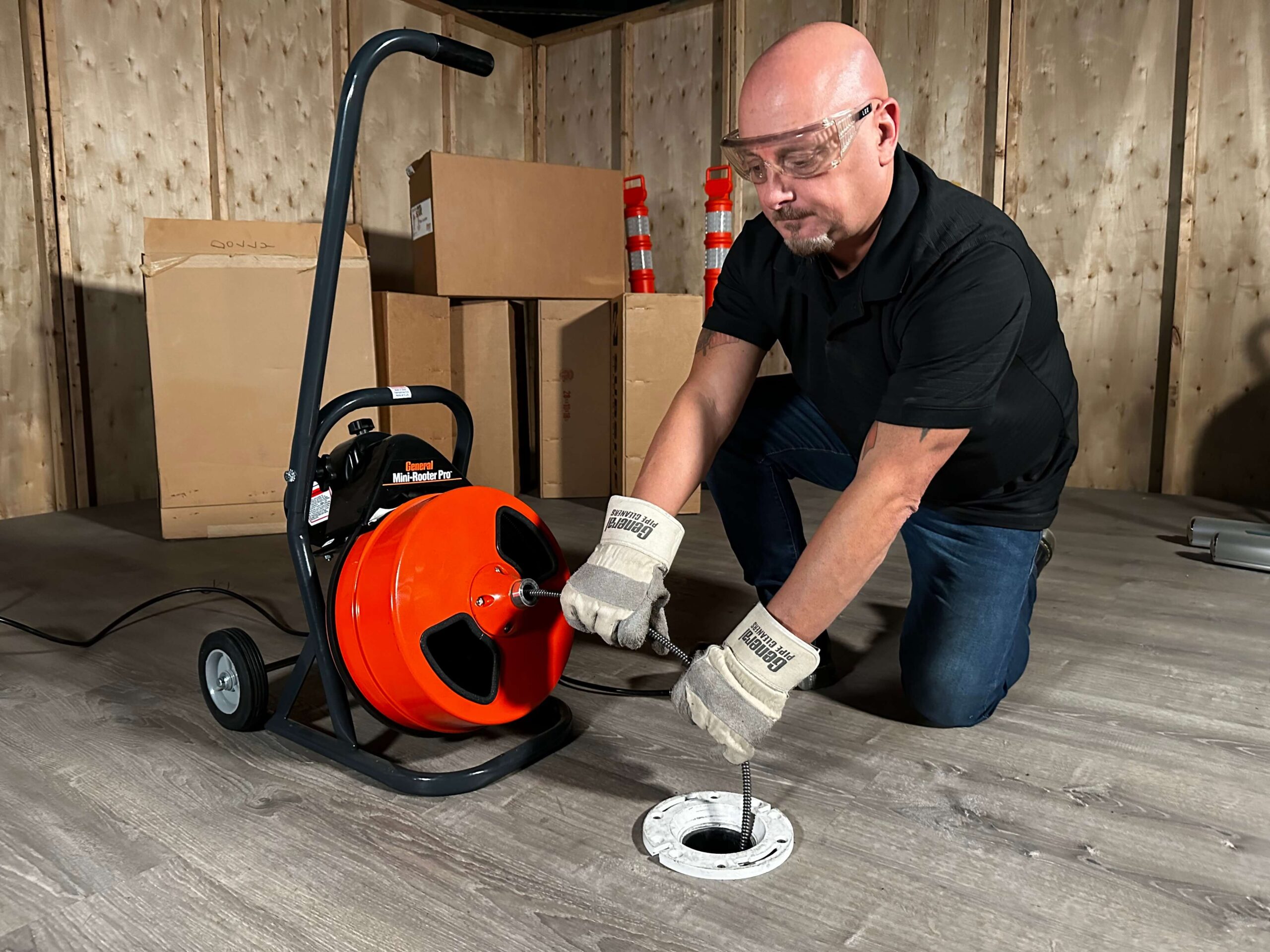In this four-part series, we are taking a look at what you need to know about drain cleaning. In the first part, we talked about how to select the right tools for the job. In this second part, we will dive into what your employees need to know when you train them.
Training Employees – What They Need to Know
When training a new employee in the art and science of drain cleaning, always start with safety! For example:
If you are using a drum style cable machine, always use the power feed and guide tube. This practice physically separates the snake and the user. One of the biggest risks in drain cleaning is having the cable throw a loop or kink between the machine and the drain while the contractor has his hands on the snake. The use of a power feed and guide tube eliminates that risk because no matter how much torque it is under, the cable cannot escape the guide tube and harm the user.
Also, until they receive expert instruction, beginners might think that they should always wear rubber gloves when operating a snake style drain cleaning machine to protect themselves from the health risks of sewage. While it is true that plumbers and drain cleaners should always be aware that they and their equipment are potentially in contact with human waste and take appropriate actions, operating a cable style drain cleaning machine wearing only rubber gloves is not one of them. The problem with rubber gloves is that they can become pinched and caught in the rotating coils of a drain cleaning cable, causing great harm to the operator. We always recommend that operators wear heavy-duty two-ply leather gloves or something similar whenever their hands are anywhere near a drain cleaning machine. Thick leather gloves will not get caught between the coils of a snake or cable and protect your hands from unexpected kinks or loops that can form in the blink of an eye. If you want to wear rubber gloves to take appropriate sanitary precautions against sewage, then wear them under the leather gloves. This strategy gives you two levels of protection!
In addition, when using a high-pressure water drain cleaning device, stay away from the nozzle when the unit is in operation! The streams of high-pressure water spraying from the nozzle can penetrate the skin, and if that happens, you’re heading for the emergency room! We always recommend that contractors ‘hide the nozzle’ down the line before firing up the device, no matter how large or small the jetter is. Don’t take chances with streams of high-pressure water!
Questions? Call the Drain Brains at 800-245-6200.





